Selenium in the Gros Ventre Watershed
Selenium is a semi-metalic element that is essential for both human and animal health. However, a narrow range exists between the essential amount and toxic levels. Elemental selenium is commonly found in soils containing Cretaceous and Tertiary marine rock. The Gros Ventre River Watershed is located in an area containing six geologic formations associated with selenium: Cody, Frontier, Frontier, Morrison, Phosporia, and Steele. Water filtering through seleniferous geologic formations and soil can oxidize elemental selenium into a soluble form, selenate (SeO42-), which readily bio-accumulates up the food-chain. Local biologists have noted nest failures and poor productivity in bald eagles, trumpeter swans, and ospreys in this watershed.
The objective of the study is to determine how much selenium is bio-accumulating through the food chain in the Gros Ventre Watershed by sampling species from varying trophic levels (i.e., algae, aquatic snails, fish, ravens, ducks, eagles, swans).
Many plants in the species of Astragalus, Machaeranthera, Haplopappus, Stanleya, Atriplex, Castilleja, Grindelia, and Gutierrezia are selenium indicators and selenium accumulators. This soluble form of selenium is of concern because it can bio-accumulate in aquatic and terrestrial food chains. Ingestion is the main uptake pathway for bio-accumulation. Cases of cattle poisoning due to ingestion of seleniferous vegetation have been documented in Wyoming. Common symptoms seen in these animals were shedding of hooves, hair loss, partial blindness, restriction of swallowing, inability to stand, blind staggers, and even death (Beath, 1982). Ducks, eagles, trumpeter swans, and ravens can also experience selenium poisoning. Excess selenium can interfere with reproduction, causing embryo deformities and even abortion of embryos. Selenium concentrations as low as 0.8-2.1mg/L have been determined to be toxic to waterfowl and birds of prey (Peterson and Nebeker, 1992).
Publications and Data
Blood Selenium Concentration in Ravens, Bald Eagles, and Mallard Ducks. (2010). Haynam, Trapper. University of Montana, Missoula, MT.

The Gros Ventre river runs east to west and is a tributary of the Snake River.

The dry southern facing hill sides are good habitat for Astragalis, a plant that accumulates selenium.

The Gros Ventre watershed is geologically complex but shales containing selenium are ubiquitous through out.

A Beringia South botanist points out a Green Gentian flower (Frasera speciosa).
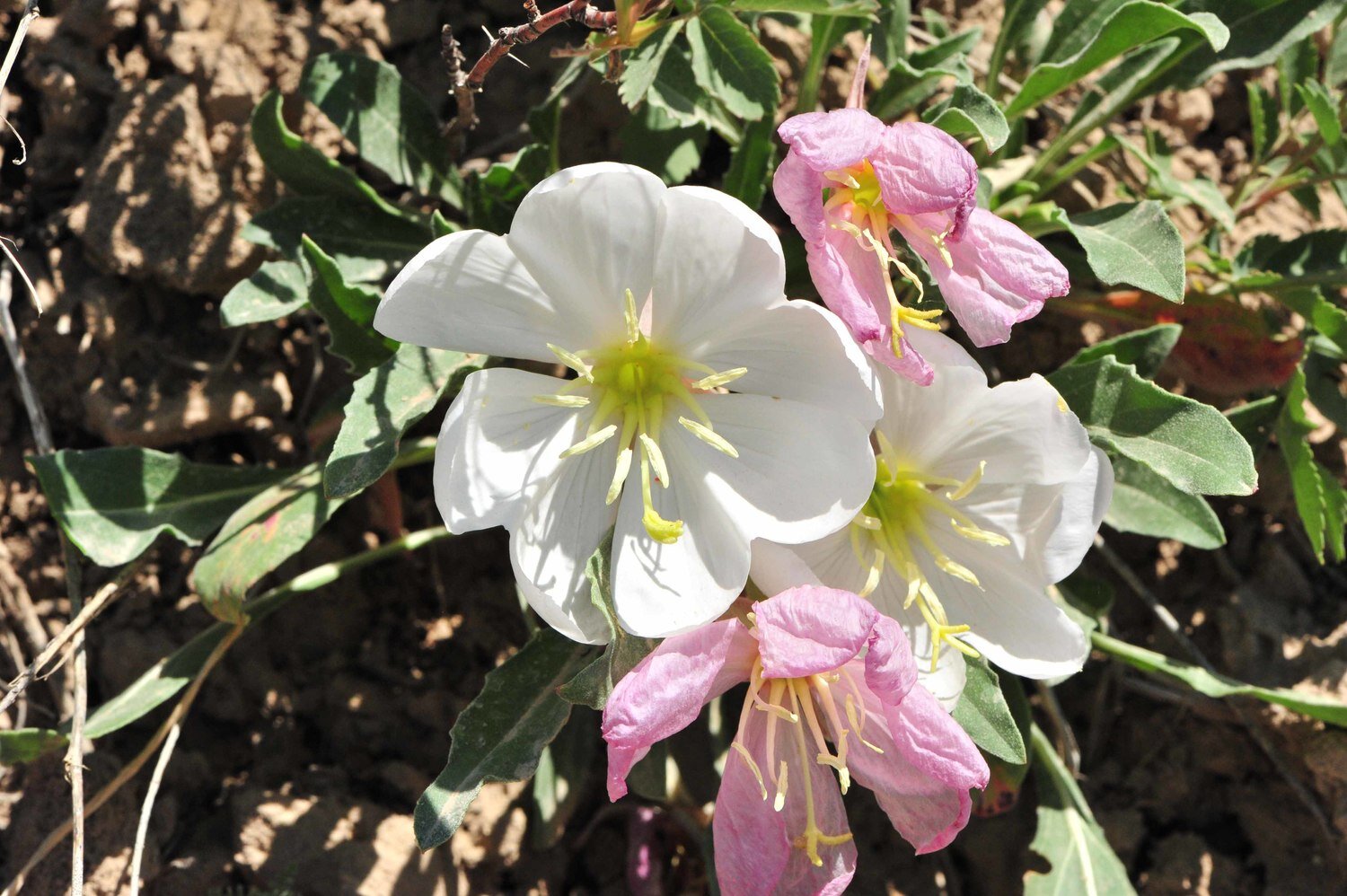
Evening or Morning Primrose (Oenothera caspitosa).
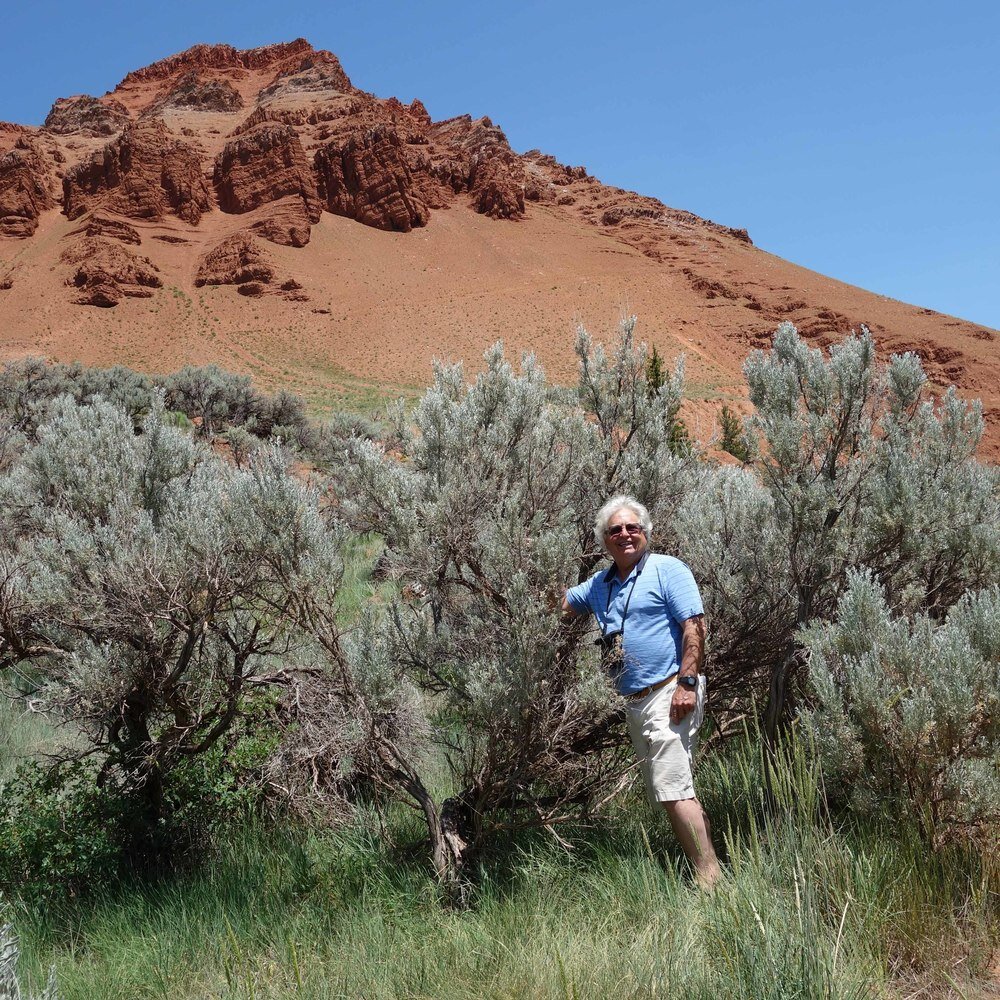
A vary large Sagebrush growing along the banks of the Gros Ventre river.
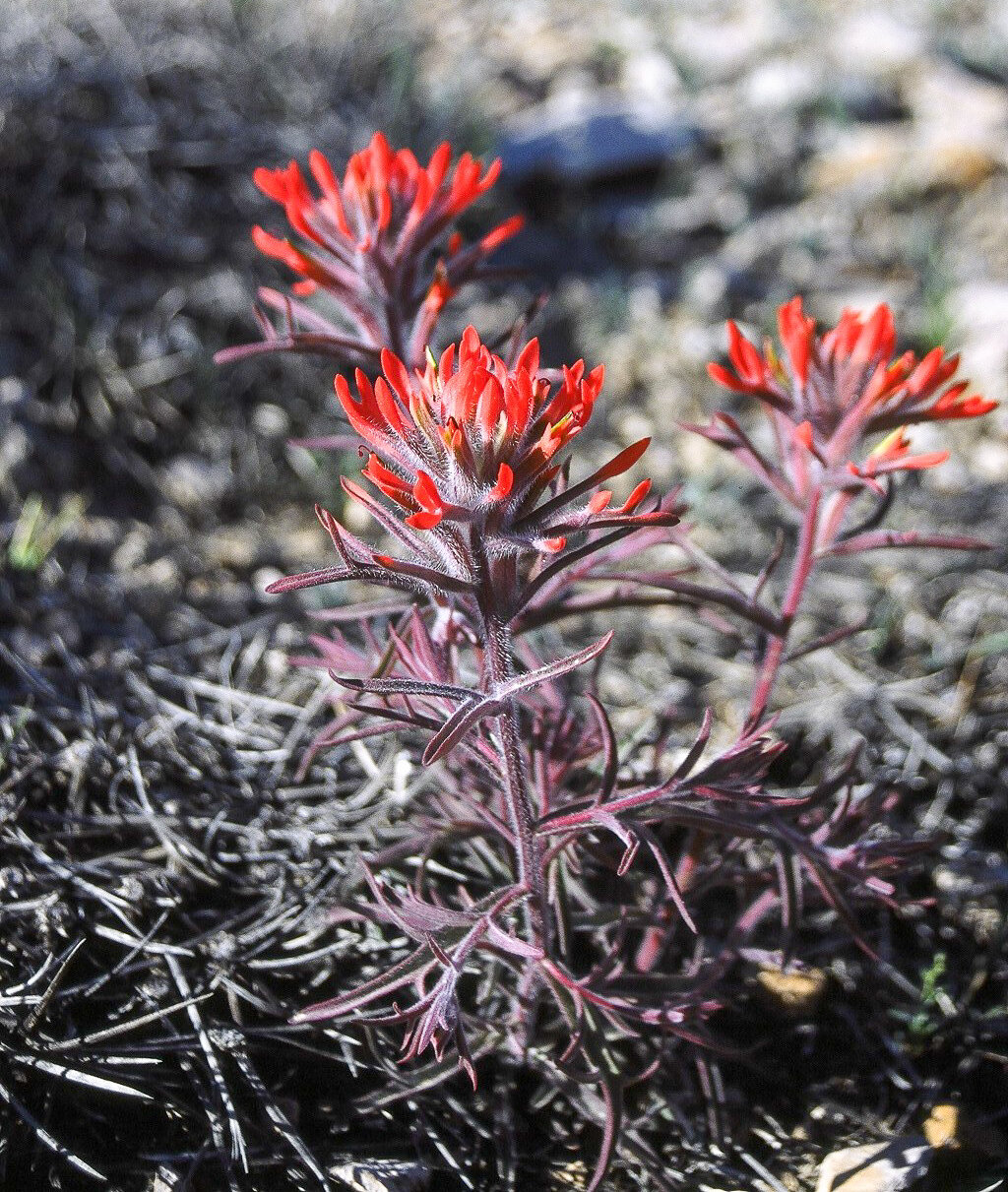
Paintbrush (Castilleja sps.) is a selenium accumulator. Interestingly, this plant is semi-parasitic and is dependent on other plants for much of its nutrients.
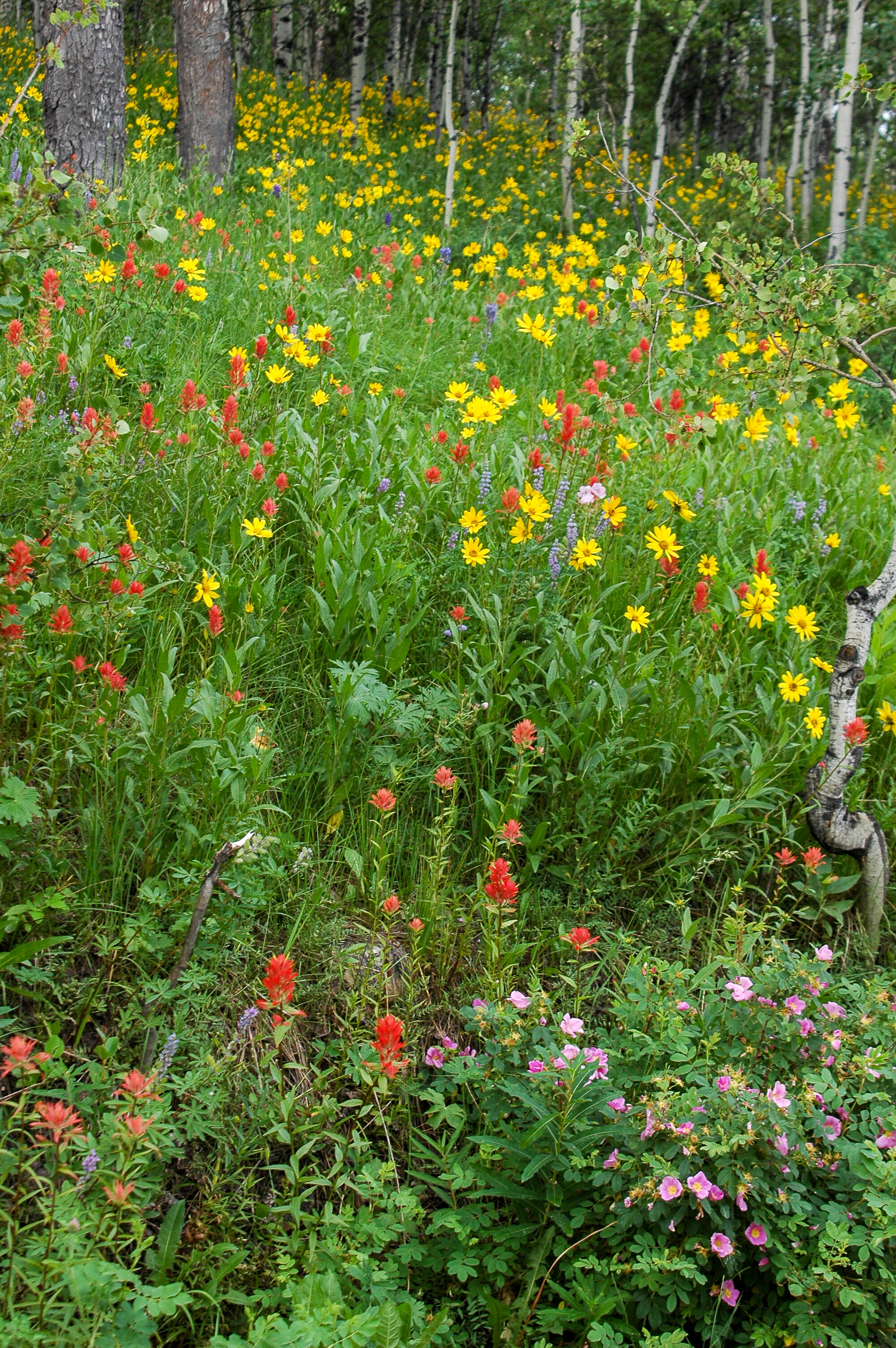
Wyoming Paintbrush growing along side of other mountain meadow flowers.

Lupine (Lupine parviflorus) is another plant of the Gros Ventre watershed that contains poisonous alkaloids during late summer and early fall.
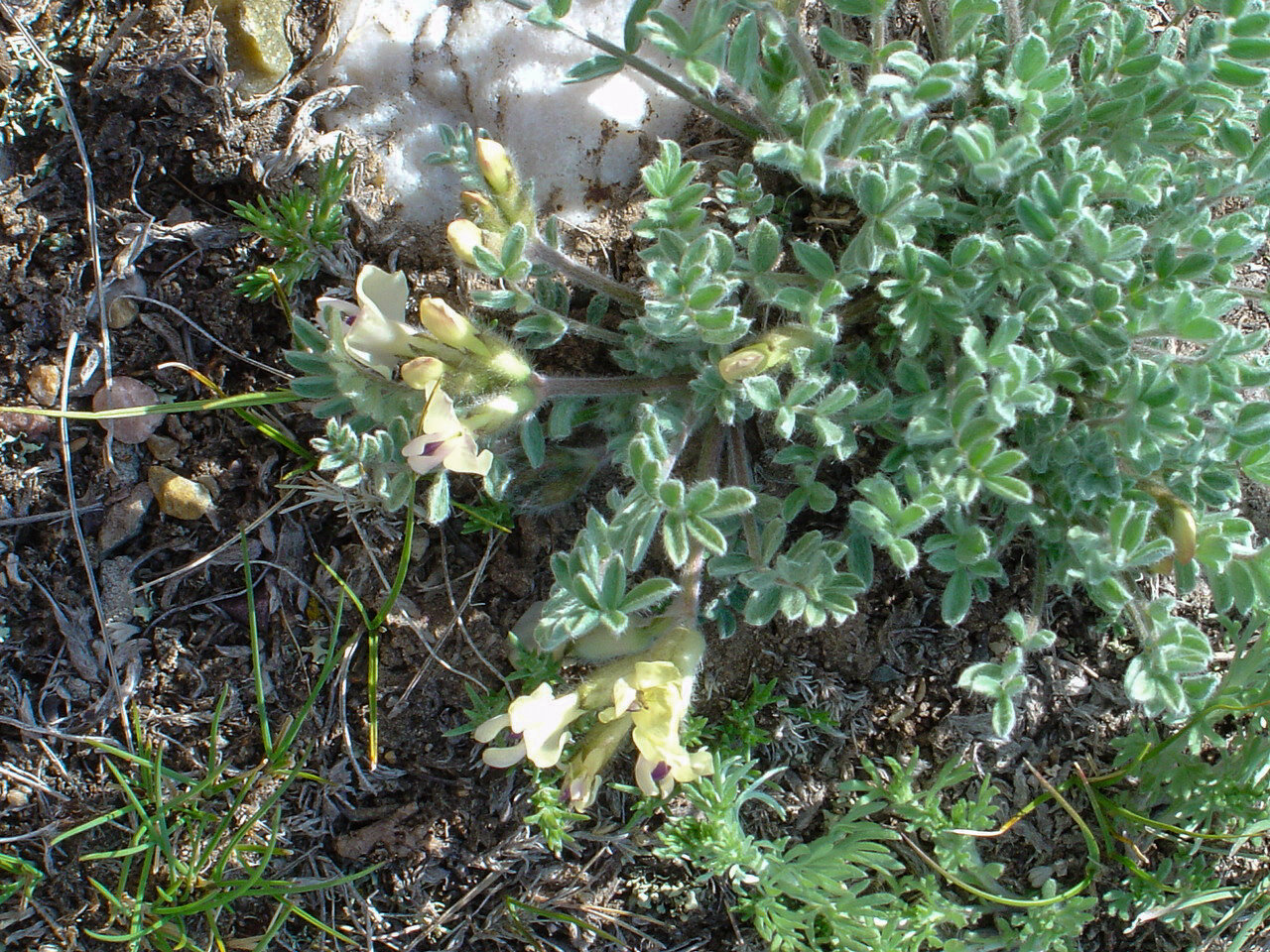
Locoweed (Astragalus purshii), the most common of this species in the Rocky Mountains, absorbs selenium from shale soils in sufficient quantity to produce the "loco disease" in live grazing animals, particularly horses.
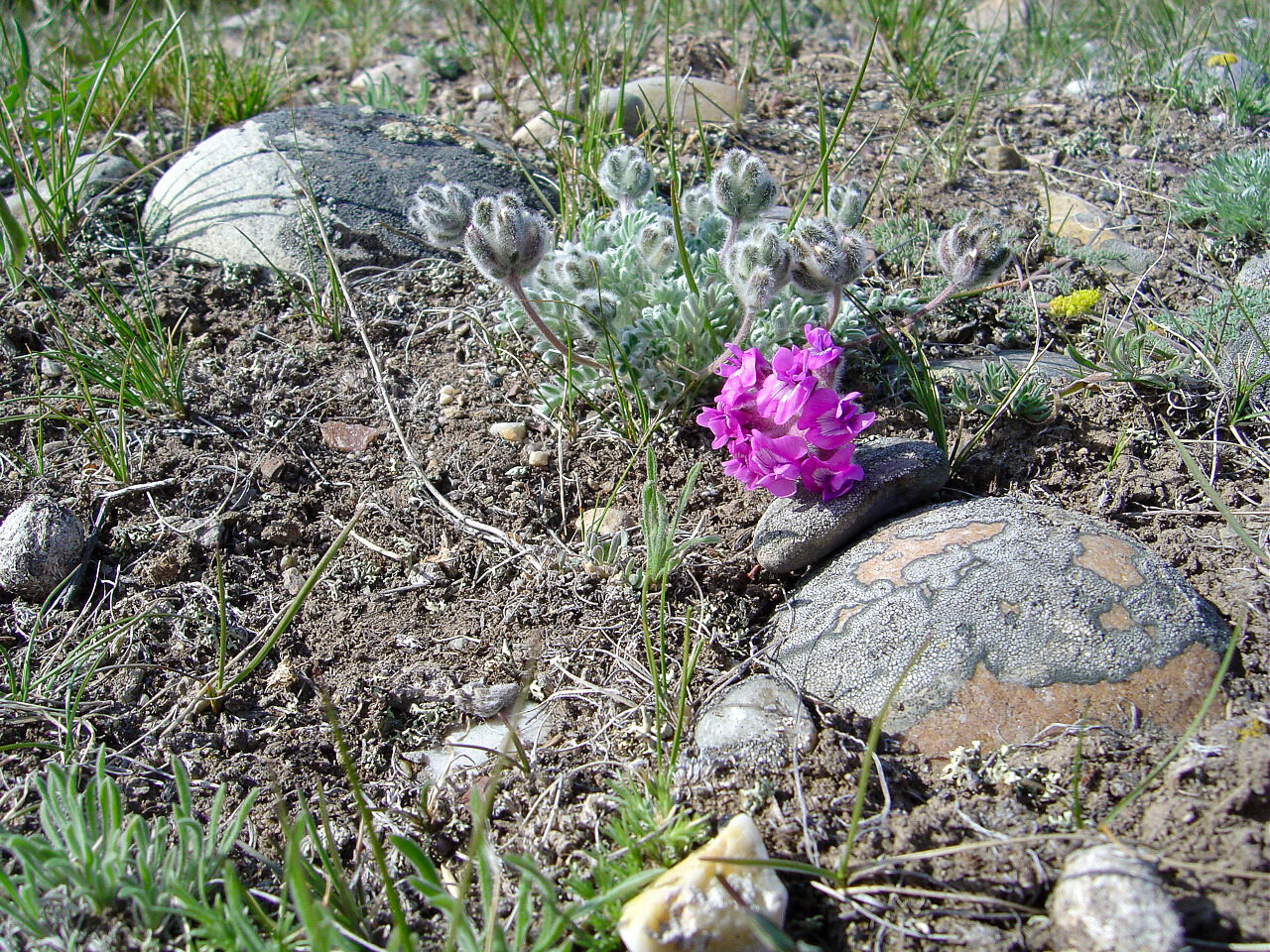
Crazyweed (Oxytropis lamberti), like Locoweed is poisonous to stock and when consumed in quantity the animal may stagger become blind, and die in convulsive spasms.
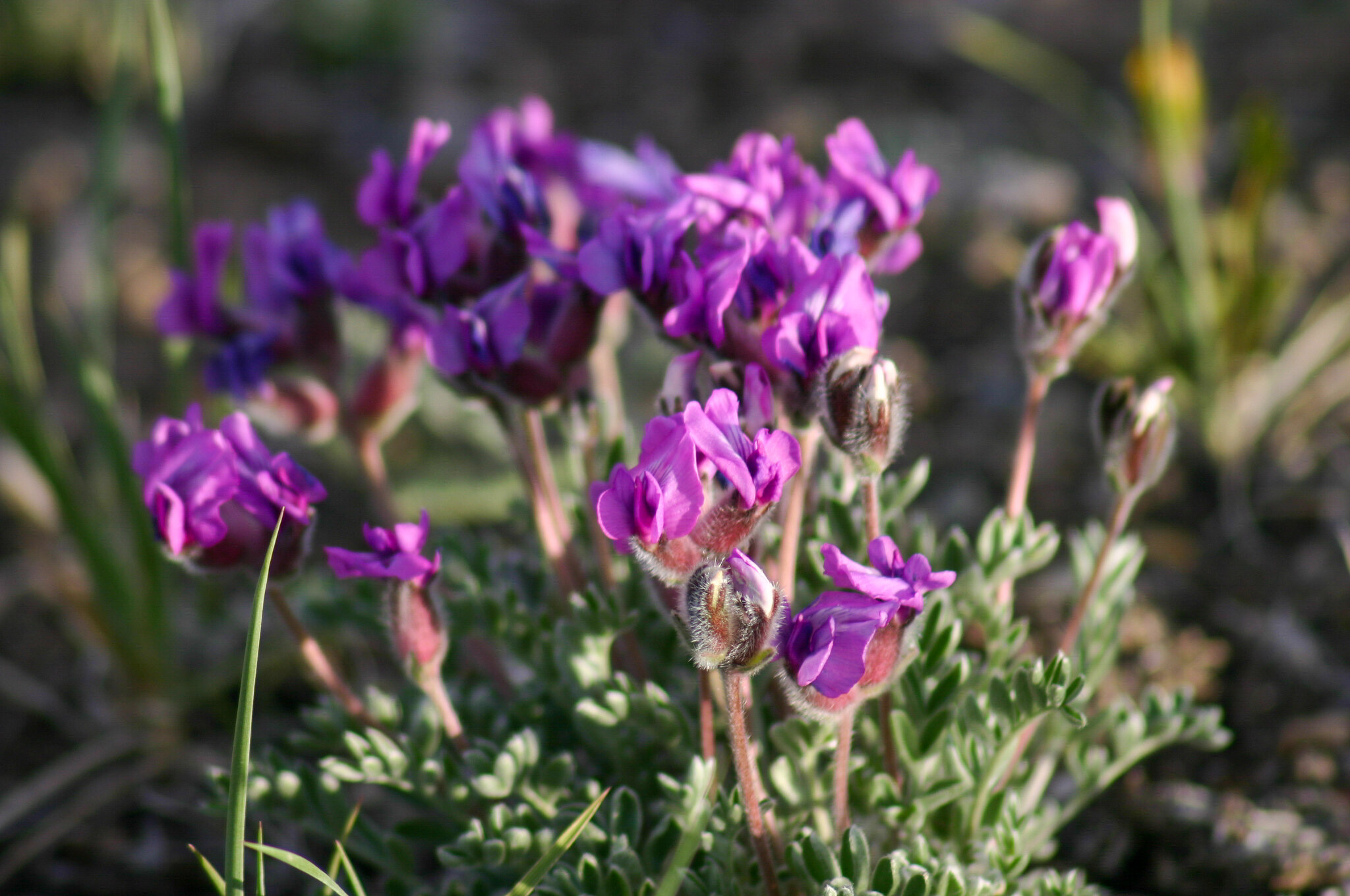
Crazyweed.
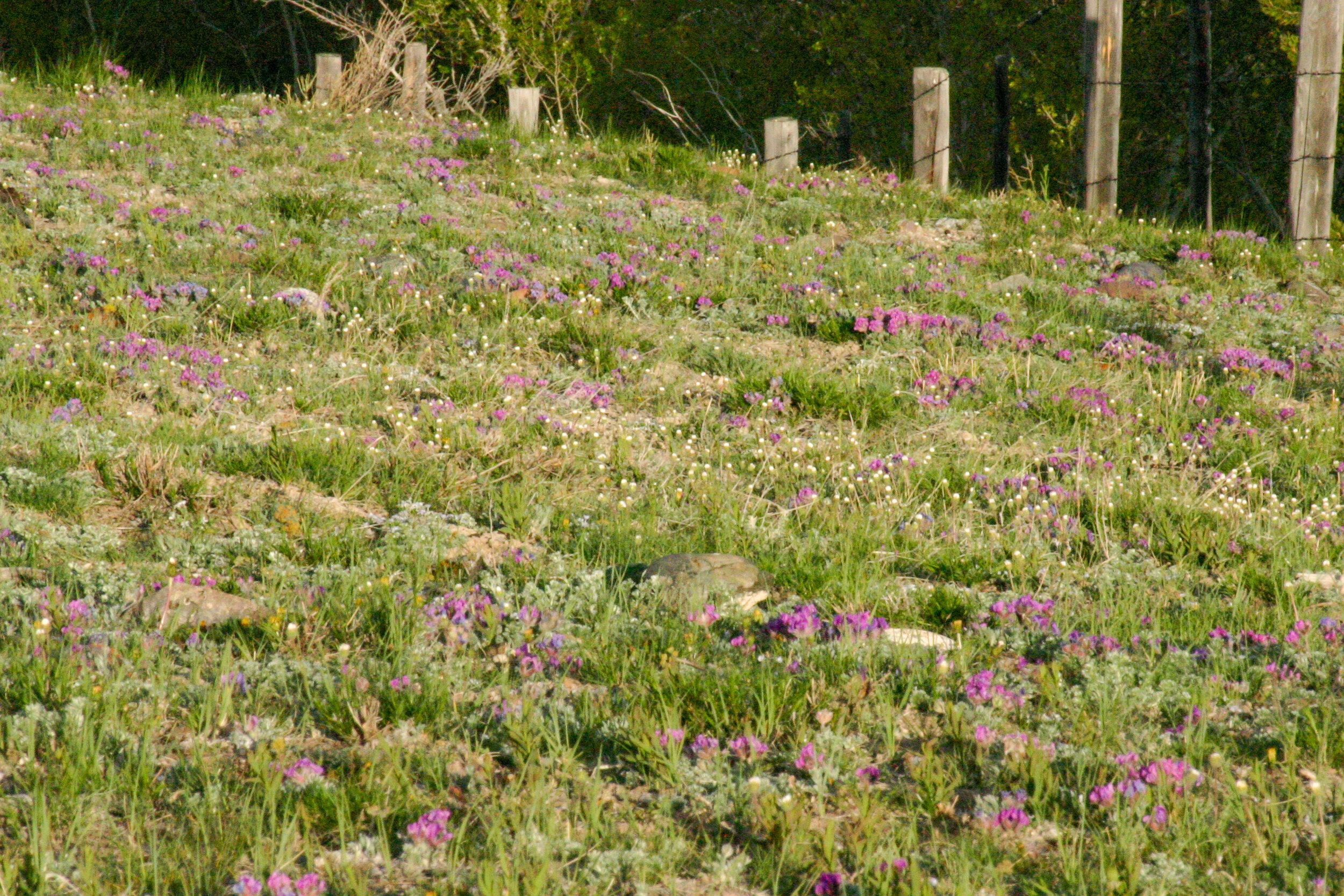
Crazyweed is abundant, but only obvious in the early spring when it's purple flows show off against the green hillsides.

Typical mountain Sagebrush steppe habitat.


